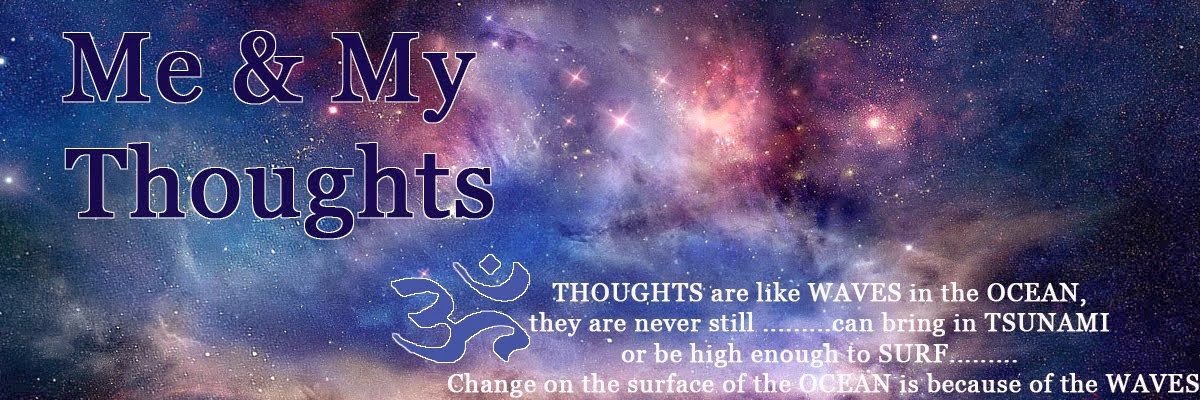People known to the world as “Hindus” are the inhabitants who live on the other side of the River Sindhu. This river Sindhu (Indus River) flows in Pakistan and people living beyond this river were referred to as “Sindhus” by Persians but Mohammedans in Arabia and other Far East countries has a problem with their pronouncing the word “S” they would end up with “H” and instead of “Sindhus,” they said “Hindus.” So people living on the other side of the river Indus were called “Hindus.” Otherwise, this word “Hindu” is not seen in any of the four Vedas.
Also there is no date of the origin or the founder or a preacher who introduced this way of life. The foundation of this way of life is laid on the substratum of spiritual truths. The whole structure of this very way of life had been built on Eternal Truth which were visualised by seers. That Eternal Truth was not based on belief but on experience. Hence Agni Pooja and Sandhya Vandana were given more preference.
They followed Eternal Law which was applicable to every individual irrespective of time and place. They believed in a life which was both immanent as well as transcendental. There were no ideological differences as there was none except “Sanaatana Dharma” at that time. A sanaatani recognises the Truth and acknowledges the world as transient and illusion. He gave importance to Sva-Dharma foremost. Sanaatana Dharma indicates the vibrant summation of the whole knowledge which is not subjective but objective. This knowledge helped a sanaatani to accept the universal principle of cause and effect. Thus the eminent truth that every action good or bad returns back to us was deemed. The subtle body was the one which would be experiencing the resultant remunerations in the next birth and hence the notion of rebirth was also reckoned. A sanaatani considered Atma to be eternal never created and nor destroyed. More importantly he accepts the truth that Atma as consciousness brightens the subtle body just like the moon borrowing the light from the sun and illuminates the night.
Sanaatana Dharna endows a healthy lifestyle with practices like bathing in the river early in the morning and indulging the body and mind in Yoga and Pranayama. The physical body was not considered luxurious but was treated as a means to attain the highest which is Moksha the ultimate liberation. This was the destination and the goal of human life. Moksha is the liberation of subtle body from the cycles of birth and death.
Under the umbrella of Sanaatana Dharma emerged contemporary Hinduism, Buddhism, Jainism and Sikhism while significantly were the cause for many other religions to follow much later. Though at the advent of time there were many religions on this earth plane but all of them supported humility and humanity. An attitude of understanding and tolerance is taught by every religion. Even though there are small some drawbacks in every religion, no religion advocates looking down upon the other religion or to consider their ideologies to be superior and better than another.
Sarva Dharma Samanvaya, tolerance towards every religion is the need of the hour that is the exact meaning of secularism. Uni-religion is practically an impossible solution for secularism since now there are differences in ideologies.


No comments:
Post a Comment